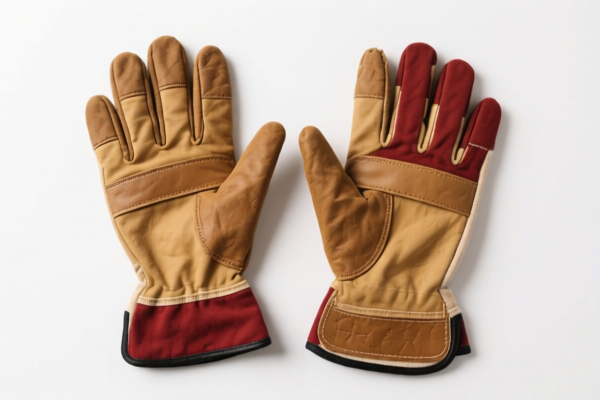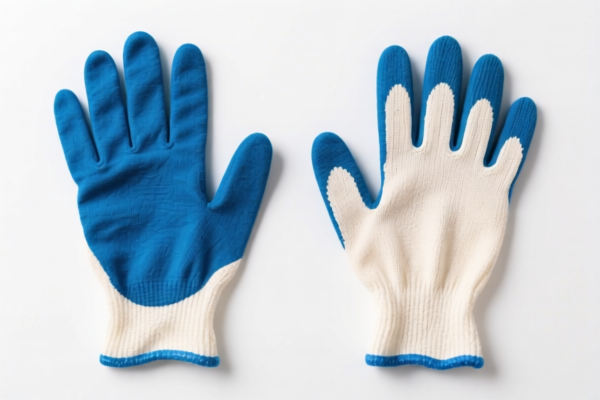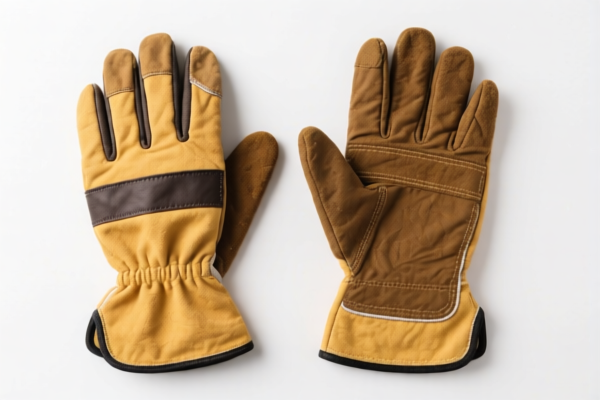| HS Code | Official Doc | Tariff Rate | Origin | Destination | Effective Date |
|---|---|---|---|---|---|
| 3926201010 | Doc | 30.0% | CN | US | 2025-05-12 |
| 3926909989 | Doc | 42.8% | CN | US | 2025-05-12 |
| 3924104000 | Doc | 33.4% | CN | US | 2025-05-12 |
| 3924900500 | Doc | 40.6% | CN | US | 2025-05-12 |
| 6216000500 | Doc | 37.5% | CN | US | 2025-05-12 |
| 6216002600 | Doc | 44.5% | CN | US | 2025-05-12 |
| 6217909075 | Doc | 52.1% | CN | US | 2025-05-12 |
| 6217909095 | Doc | 52.1% | CN | US | 2025-05-12 |




Cleaning Gloves
Cleaning gloves are protective coverings for the hands used to shield them during cleaning tasks. They are manufactured from a variety of materials, each offering different levels of protection, dexterity, and durability.
Materials
- Latex: A natural rubber material, latex gloves provide excellent elasticity and a close fit. They are suitable for general cleaning and offer good resistance to many chemicals, but can cause allergic reactions in some individuals.
- Nitrile: A synthetic rubber, nitrile gloves are a popular alternative to latex, offering similar dexterity and a broader resistance to chemicals, oils, and punctures. They are also hypoallergenic.
- Vinyl: A plastic material, vinyl gloves are the least expensive option and provide basic protection against water and mild chemicals. They are less durable and offer lower dexterity compared to latex and nitrile.
- Neoprene: A synthetic rubber known for its excellent chemical resistance and heat resistance. Often used for heavy-duty cleaning tasks and protection against harsh chemicals.
- Rubber (Natural): Heavier and thicker than latex, offering robust protection and resistance to abrasion.
Purpose
The primary purpose of cleaning gloves is to protect the hands from:
- Chemicals: Cleaning agents, disinfectants, solvents, and other potentially harmful substances.
- Bacteria and Viruses: Protecting against infection and cross-contamination.
- Abrasions and Cuts: Shielding hands from rough surfaces, sharp objects, and potential injuries.
- Irritants: Preventing skin contact with substances that cause dryness, rashes, or allergic reactions.
Function
Cleaning gloves function by creating a barrier between the hands and the cleaning environment. They prevent the absorption of chemicals through the skin, reduce the risk of cuts and abrasions, and minimize contact with bacteria and viruses. The specific functionality depends on the material of the glove, with some offering higher levels of protection and resistance than others.
Usage Scenarios
- Household Cleaning: Washing dishes, cleaning bathrooms, wiping surfaces, dusting.
- Commercial Cleaning: Janitorial services, office cleaning, hotel housekeeping.
- Healthcare: Medical cleaning, sanitation, patient care (disposable gloves).
- Industrial Cleaning: Automotive repair, manufacturing, food processing.
- Gardening: Protecting hands from dirt, thorns, and plant irritants.
Common Types
- Disposable Gloves: Typically made of latex, nitrile, or vinyl, designed for single-use applications to prevent cross-contamination.
- Reusable Gloves: Made of thicker rubber or neoprene, designed for repeated use and offer higher durability and chemical resistance.
- Long Cuff Gloves: Provide extended protection for the wrists and forearms.
- Textured Gloves: Feature a textured surface for improved grip.
- Powdered vs. Powder-Free Gloves: Powdered gloves offer easier donning but can cause allergic reactions in some individuals; powder-free gloves are hypoallergenic.
- Gauntlet Gloves: Offer maximum protection, extending up to the elbow.
Cleaning gloves can be categorized based on their material, construction, and intended use. The following HS codes may be applicable:
- 3926201010: This code covers articles of plastics, specifically seamless surgical and medical gloves. While cleaning gloves aren’t explicitly medical, if they are made of plastic and designed for a sanitary purpose, this code may be considered. The base tariff is 0.0%, with a surcharge of 0.0%, increasing to 30% after April 2, 2025, resulting in a total tariff of 30.0%.
- 6216000500: This code applies to gloves, mittens and mitts, impregnated, coated or covered with plastics or rubber, specifically ice hockey gloves and field hockey gloves. If the cleaning gloves are coated or impregnated with rubber or plastic for enhanced protection or grip, this code could be relevant. The base tariff is 0.0%, with a surcharge of 7.5%, increasing to 30% after April 2, 2025, resulting in a total tariff of 37.5%.
- 6216002600: This code covers gloves, mittens and mitts, impregnated, coated or covered with plastics or rubber, specifically other types without fourchettes. If the cleaning gloves are coated or impregnated with rubber or plastic and do not have fourchettes, this code may apply. The base tariff is 7.0%, with a surcharge of 7.5%, increasing to 30% after April 2, 2025, resulting in a total tariff of 44.5%.
Important Note: The classification of cleaning gloves depends heavily on their material composition and construction. If the gloves are made entirely of plastic and are seamless, HS code 3926201010 may be most appropriate. However, if they are coated or impregnated with rubber or plastic, HS codes 6216000500 or 6216002600 should be considered.
Customer Reviews
No reviews yet.